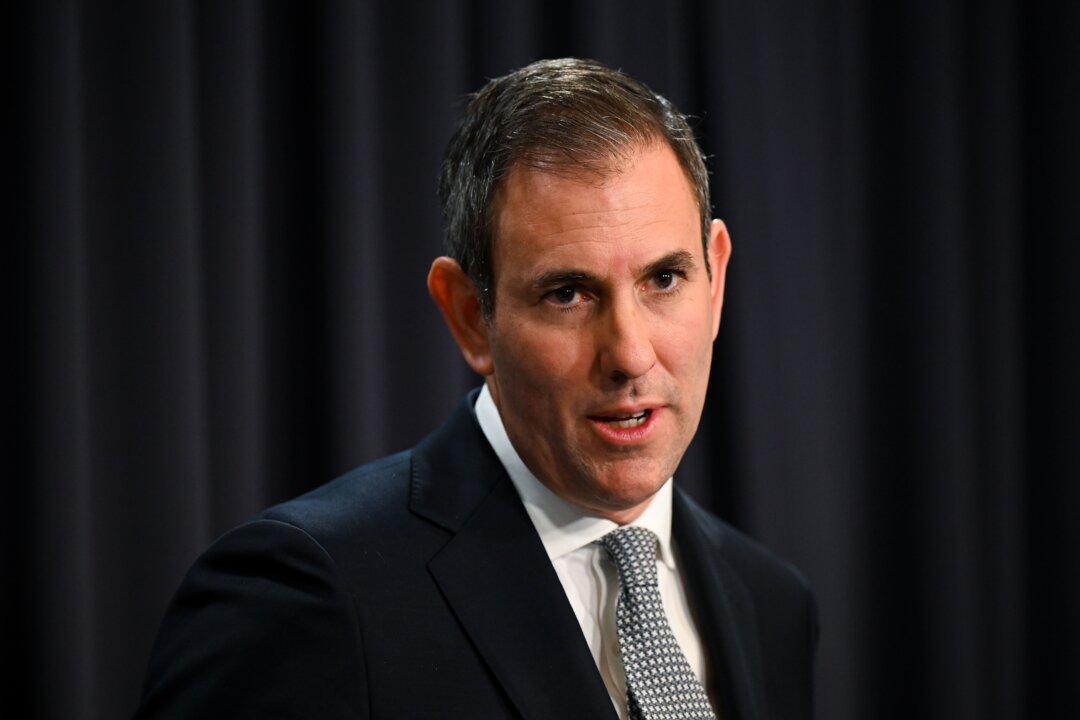Sky-high prices for Australia’s commodity exports and robust jobs growth have helped the federal government land a record $22.1 billion (US$14.2 billion) surplus.
Federal finances are still expected to fall back into deficit in this 2023/24 year, based on Treasury forecasts, although a second surplus cannot be ruled out given the uncertain economic environment.





